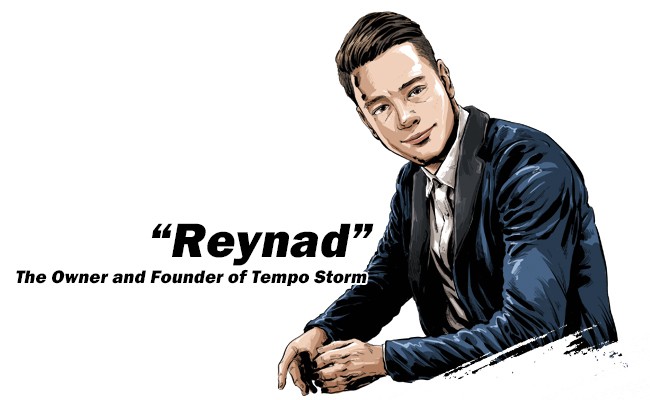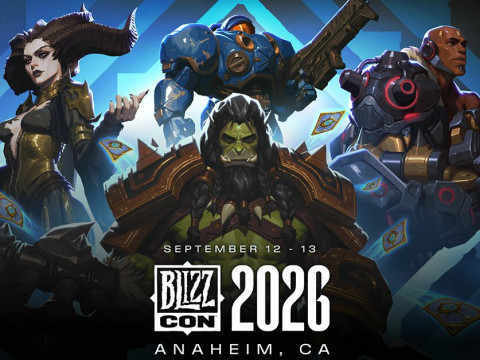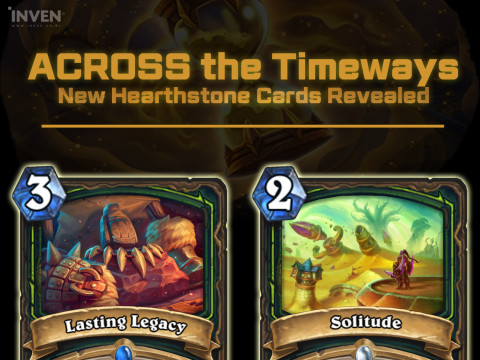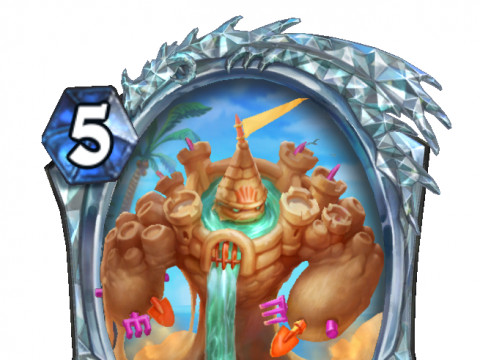
It has been 5 years since Hearthstone was released in 2014, and during that span of time the title has become one of the most popular Trading Card Games (TCG), even entering into the realm of Esports. Hearthstone has played a critical role in furthering the popularity of the TCG genre, helping to expand the devoted yet often limited offline and online communities. The game has also allowed many players to play without having to worry about the usual high price tag that is placed on serious TCG participation.
There currently are several Hearthstone tournaments hosted by Blizzard in 2018 all around the world, such as Team League (HTL), Hearthstone Team Championship (HTC), Copa América, and more. It could be said that Hearthstone’s transition from TCG to Esport has been successful. This transition was not due solely to Blizzard’s efforts, however.
Since online TCGs do not involve difficult mechanics, they are different from other popular Esports titles. Popular games such as Starcraft, League of Legends, DOTA, and so on usually involve gamers with extraordinary in-game mechanics and fast APM that ordinary players can’t follow with their eyes; this skill-based element automatically added professionalism to the game. The professional games revealed the true potential of the games themselves, and as casual players witnessed the extent to which a player’s skill could reach, interest in the game increased.
However, even players at the lowest rank ladder can imitate the plays of pro gamers in Hearthstone, since the only ‘mechanic’ the players will have to execute is making a decision. Thus, any players who understand the card mechanism to a fair degree can come up with plays that don’t seem too different from that of pro gamers, whether that play was the result of careful calculations from a pro gamer or the sheer luck of the draw of an ordinary player.
It was hard making Hearthstone into an Esport since it was hard to draw a line between professional and casual plays; the way that luck had a big influence over the whole game was another big obstacle for Hearthstone as an Esport. Because of these issues, the roles of pro gamers and ordinary players were very important in turning Hearthstone into an Esport. Notably, the pro gamers who innovated professional plays by explaining why they had to make such decisions in-game had a huge influence in the early phase of Hearthstone.

Audrey ‘Reynad’ Yanyuk, the current owner of Tempo Storm, started off as a player who represents semi-professionals in early Hearthstone, then later stood at the forefront of publicizing and turning Hearthstone into an Esport.
Back when there were so many decks introduced in early Hearthstone, Reynad came up with the easily accessible Zoolock deck using a simple method of management and low-cost cards, and this deck was considered one of the most powerful decks at the time; the Hearthstone players would call this deck the ‘Reynad deck’. He also came up with the Aggro Warrior and Mad Scientist Hunter decks which Free-To-Play or Pay-To Play players could reasonably make use of, and these decks have proven to be powerful in actual games as well as in the semi-professional scene.
His contributions did not stop at just deck crafting; he was one of the most popular Hearthstone streamers in the early era and made players more familiar with Hearthstone by explaining to his viewers the procedure of making reasonable deductions, judgment, and then decisions while playing Hearthstone. He naturally drew the line for professionalism through this process.
The establishment of Tempo Storm in May 2014 reflected his efforts to publicize Hearthstone and make it into an Esport. Reynad displayed his fervor for Hearthstone by becoming an owner of a team when the future of Hearthstone Esports was rather unclear. Tempo Storm started off as a team that only played Hearthstone, much unlike other Esports organizations, and continues to remain as the biggest and oldest Hearthstone team to this day.

Tempo Storm was more than just a professional team, however. They developed into a player-friendly Esports organization that provides practical tips and strategies for all Hearthstone players. One way they did this was by having their pro gamers provide guides or release power rankings on decks, something other Esports organizations did not do. This special way of managing Tempo Storm has become exemplary among pro-gaming organizations.
Tempo Storm, after starting as a pro gaming team for Hearthstone, began to expand the titles they play, eventually adding Heroes of the Storm, Overwatch, PLAYERUNKNOWN’S BATTLEGROUNDS, World of Warcraft, Fortnite, and many more to the list. They also expanded to 1-man games such as FIFA and fighting games, becoming one of the most successful out of all NA gaming organizations.
You will be able to hear Reynad’s stories - from his impact on Hearthstone as an Esport and TCGs to his founding of Tempo Storm - at the first IGEC - ESPORTS DEEP DIVE on this upcoming May 1st.
Reynad, a Hearthstone pro gamer, will be discussing Hearthstone Esports with the topic “What Makes a Casual Card Game a Tier 1 Esport” with Hak-jun “Kranich” Baek, the winner of the 2017 BlizzCon Hearthstone Inn-vitational. Also, he will be giving a speech on “Misconceptions About the Business of Esports” while sharing his insights on the business aspects of Esports as Andrey Yanyuk, the owner of an Esports organization.
![]()
- Ji-Eun “Meii” Paek
- Email : meii@inven.co.kr








Sort by:
Comments :0